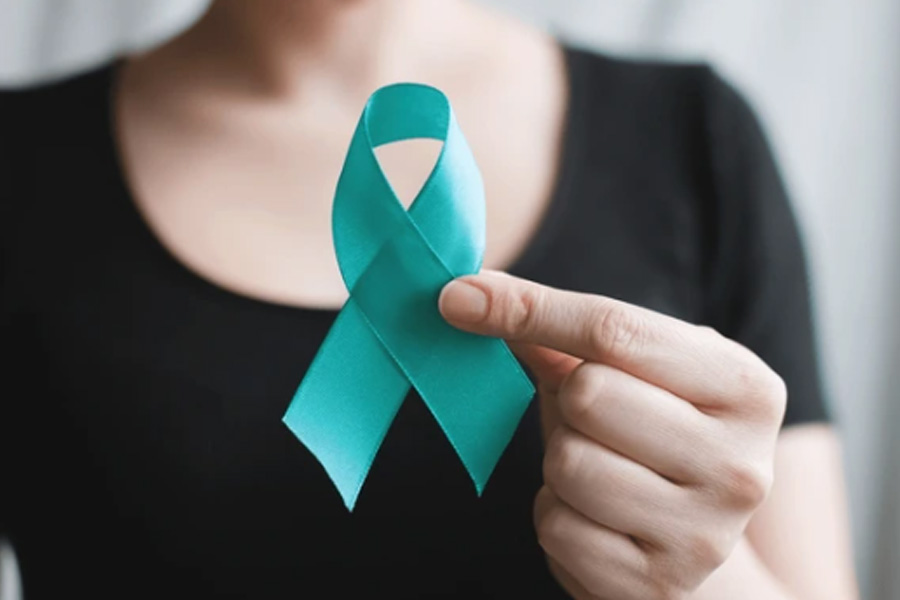A tightly tied cord of the underskirt worn under a sari might in rare instances lead to a type of skin cancer, doctors cautioned on Tuesday, citing two cases of the condition called Marjolin ulcer.
The doctors at Jawaharlal Nehru Medical College, Wardha, have said the continuous pressure and friction caused by the cord on the skin may cause chronic inflammation that may advance, in rare cases, to what they have called “petticoat cancer”.
“Physicians should be aware of petticoat cancers and biopsy non-healing or chronic skin lesions,” Bhushan Madke, professor and head of dermatology at the medical college, said reporting the cases of two patients in the medical journal BMJ Case Reports.
One patient was a woman in her 60s with a two-year history of an ulcerating lesion on the right side of her hip, the other woman was in her 70s with an 18-month history of a non-healing ulcerative lesion, also on her right side.
Both patients were referred to surgical oncology for excision of the lesions.
“Our objective in publishing these case reports is to raise awareness about this very rare condition — among the general public and among physicians,” Madke told
The Telegraph.
The authors advised wearing a loose petticoat beneath the sari to ease pressure on the skin, and loose clothing if skin problems develop to allow the area to heal.
“An easy preventive measure would be to wear a loose petticoat — keep the cord loose,” Madke said.
Marjolin ulcer is a rare type of what the doctors have described as aggressive ulcerating squamous cell carcinoma that might develop at sites of chronic burn wounds, non-healing wounds, or venous ulcers.
“The exact process through which chronic ulcers or wounds become malignant is unknown,” Madke and his coauthors Kaveri Rusia and Yash Kashikar in Wardha and Piyush Kumar, a dermatology faculty member at the Madhubani Medical College in Bihar, wrote in their paper.
Any early ulceration doesn’t get a chance to heal under the constant pressure of a tight petticoat cord.
The two women in Wardha aren’t the first cases with clothing-associated cancers.
Independent medical teams have reported isolated cases earlier — one in Chennai and one in Bengaluru in 2014 and one in Mumbai in 2020.
Nearly 80 years ago, an Indian pathologist, Vasant Khanolkar, had described what he called “dhoti cancer” after he encountered the condition in eight men.
“Some earlier cases in women were labelled sari cancers,” Madke said.
“We think the sari was wrongly blamed. The pressure on the skin and its consequences comes from the tight petticoat cord.”
“We might ask why we don’t see belt cancers — one possibility is that belts have a greater width than cords in petticoats. The thinner the cord, the more intense the pressure,” Madke said.










